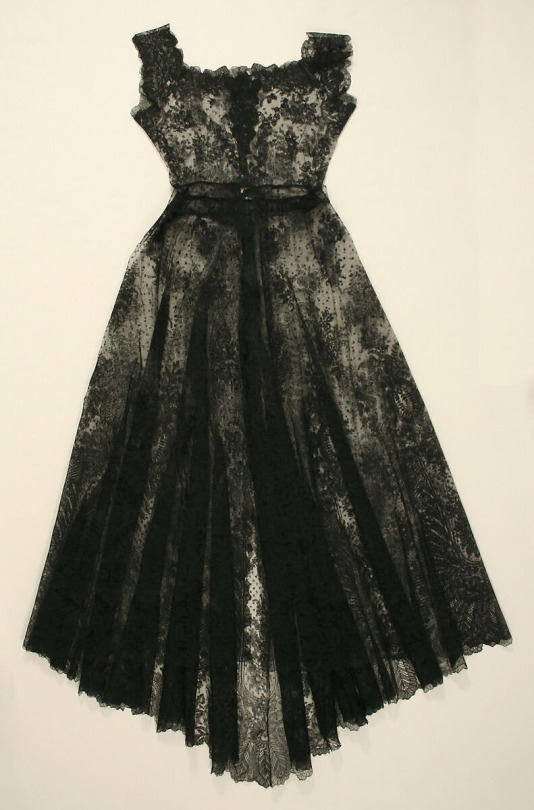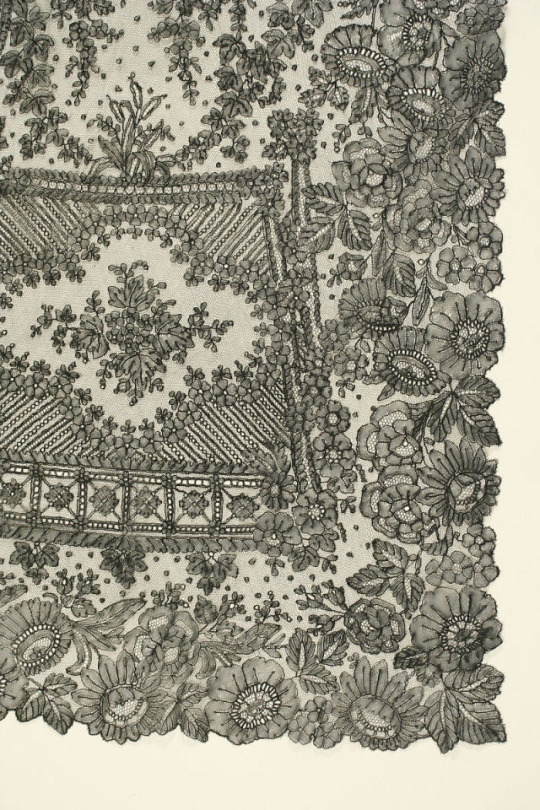Intriguing finds from the past. With focus on the 1800s - 1920s. Art and fashion, antiques, artifacts, and photographs.
Don't wanna be here? Send us removal request.
Text
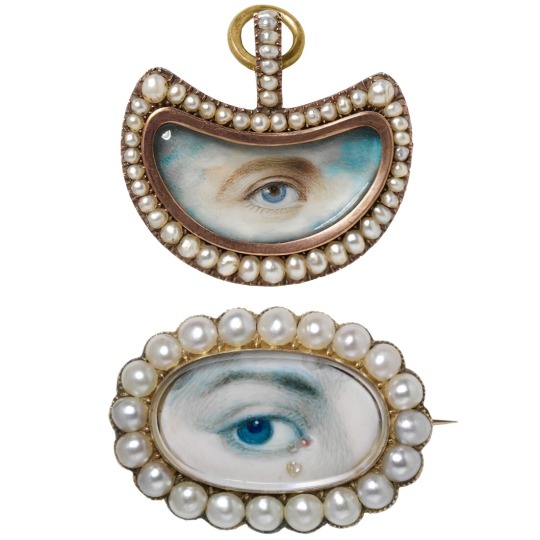
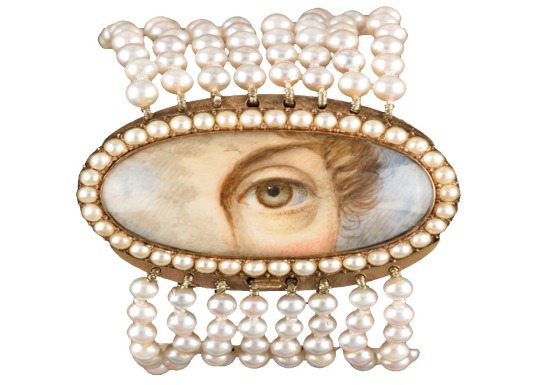
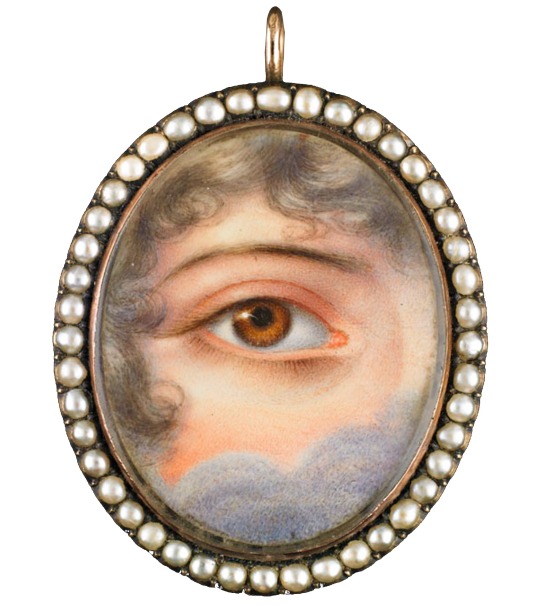
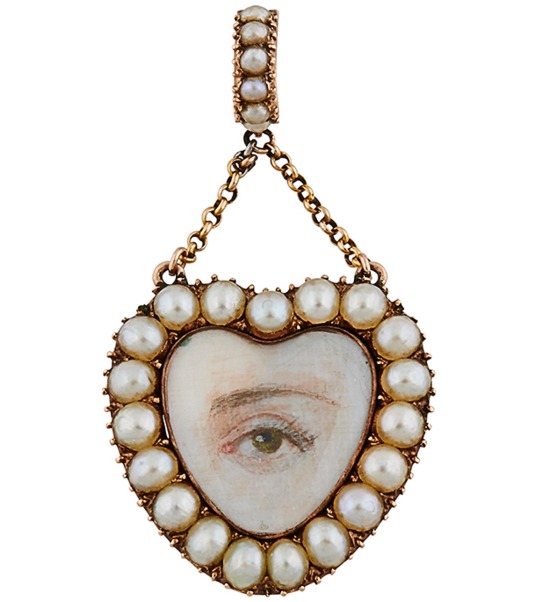
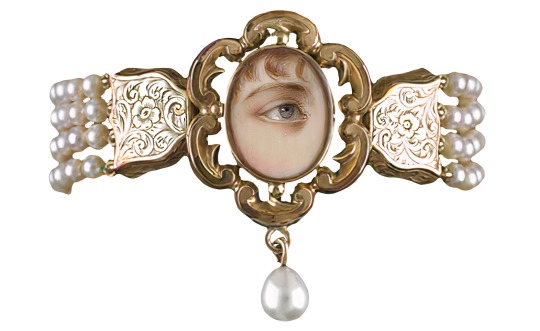
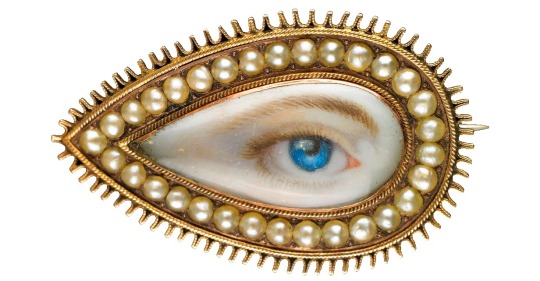
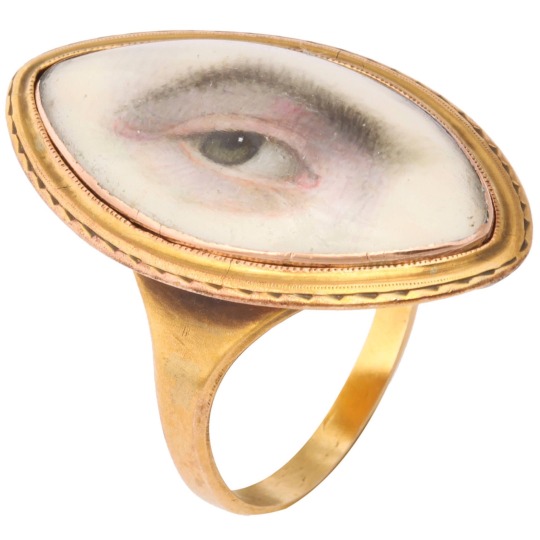
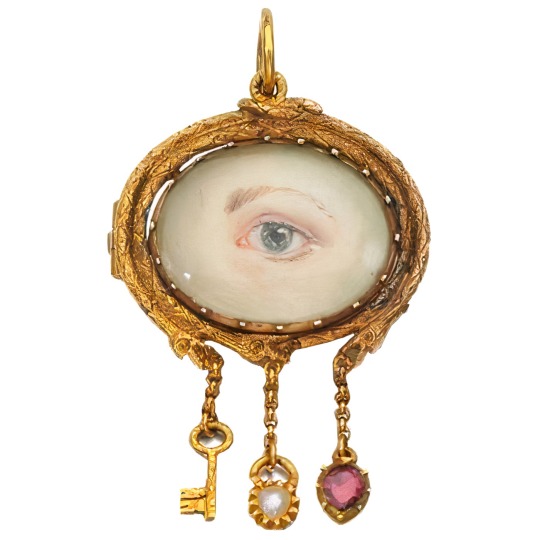
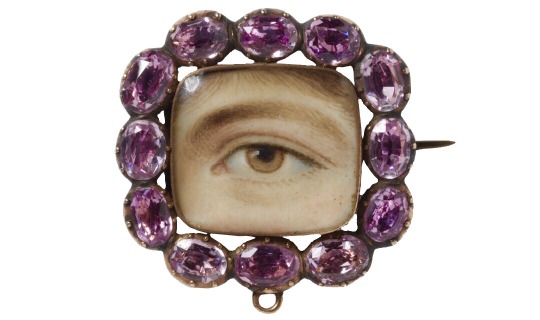
Various Antique “Lover’s Eye’ Jewellery Pieces, c. late 1700s
8K notes
·
View notes
Photo



Puget Sound on the Pacific Coast (1870) by Albert Bierstadt (1830-1902)
14K notes
·
View notes
Photo

Triumph of the Marine Venus (detail) by Sebastiano Ricci, c. 1713.
6K notes
·
View notes
Photo

The Exhibition of Art-industry in Dublin. 1853. Cover.
Internet Archive
91 notes
·
View notes
Photo

Coffin Plate, undated: “At Rest.”
84 notes
·
View notes
Photo

The Great Nebula of Orion: This is a digital print of a photographic plate from the Ritchey 60-inch telescope at Mount Wilson Observatory, made in 1908.
3K notes
·
View notes
Text

Photograph of a three-quarters length left profile portrait of Queen Victoria seated in left side profile. She holds papers or a book in her hands and wears a morning cap. Photograph taken at Buckingham Palace.
Queen Victoria states in her journal for the 30 June 1854 that both she and Prince Albert were ‘very successfully photographed, but it took a long time.’
108 notes
·
View notes
Photo

Stereoview, undated: The Full Moon, Yerkes Observatory.
22 notes
·
View notes
Photo

Large (Wikimedia)
This portrait, Bianca Maria Sforza by Giovanni Ambrogio de Predis, probably painted in 1493, serves as an excellent example of Renaissance portraiture.
Ambrogio depicts Sforza in strict profile, which—in combination with her smooth, tightly fitted bodice and carefully bound and coiffed hair—gives her an air of restraint. Meanwhile the slight downward tilt of her head and her full-lashed eyes read as demure.
Although the richly embroidered textiles and many jewels that adorn her denote her social status, it is this representation of idealized Renaissance femininity—carefully controlled, but deferential—that best communicates her stature as a daughter of the Duke of Milan.
680 notes
·
View notes
Photo
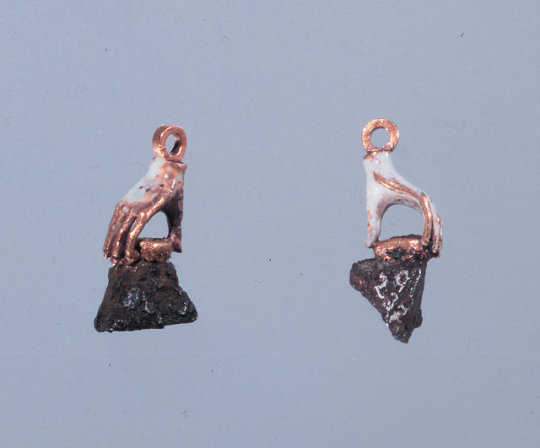
These enamel earrings in the shape of hands hold pieces of shrapnel removed from the eye and forehead of Denmark’s King Christian IV after he was wounded in battle. He gave the earrings to his mistress.
64K notes
·
View notes
Photo


Piero di Cosimo (1462-1521) / St. John the Evangelist (~ 1500) Honolulu Academy of Arts
128 notes
·
View notes
